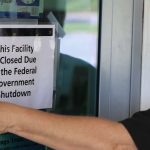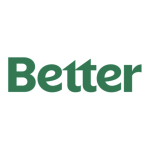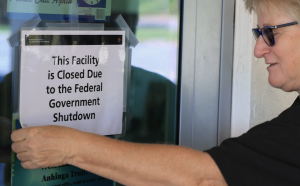Navigating the world of finance often seems akin to charting a course through an intricate maze. From the complexities of investment portfolios to the nuances of home loans, each financial decision is brimming with details that can make or break personal economic strategies. Among these financial elements, reverse mortgages stand as a unique option, garnering increasing interest over the years. In this blog post, we unravel the insights surrounding the reverse mortgage market, exploring its size, major players, trends, and growth statistics. Be it for the discerning homeowner, the analytical investor, or the curious reader, our comprehensive analysis of the reverse mortgage market provides a lucid understanding, helping one make informed decisions and predictions. Hold tight as we plunge into this vast, dynamic vista of reverse mortgages.
The Latest Reverse Mortgage Market Size Statistics Unveiled
- Global Valuation (2020): The global reverse mortgage market size was valued at USD 19.4 billion in 2020. This valuation serves as the economic compass for policy-makers, investors, and stakeholders, guiding them through the financial maze of the reverse mortgage sector.
- Anticipated Growth (2021-2026): The reverse mortgage market is expected to grow at a Compound Annual Growth Rate (CAGR) of about 15% between 2021 and 2026. This projection is a harbinger of burgeoning opportunities and potential advancements in the field.
- North America’s Demand (2020): Reverse mortgage end-market demand in North America was around USD 6.19 billion in 2020, revealing variable dynamics and emergent growth potential within this sector.
- Asia Pacific Representation (2020): In 2020, the Asia Pacific region accounted for about 30% share in the reverse mortgage market, signifying the region’s emergence as a key player.
- HECM in the US (2019): In 2019, Home Equity Conversion Mortgages (HECM) in the US reverse mortgage market totaled nearly $6 billion, underlining the dynamism and importance of this sector.
- Projected Five-Year Growth (2022): As of 2022, the five-year growth rate for the reverse mortgage industry is projected to hit 2.3%, pointing towards burgeoning prospects for investors, lenders, and potential borrowers.
Conclusion
In sum, understanding the reverse mortgage market size statistics is paramount for both potential borrowers and industry stakeholders. The current expansion of this market is reflective of the growing senior population and their financial needs. Nevertheless, the numbers also signal an urgency for amplified transparency and better information dissemination to avoid potential pitfalls. The dynamism within the reverse mortgage market suggests a future ripe with possibilities. However, it necessitates smart planning, informed decisions, and continuous market analyses to truly leverage its potential benefits.
References:
FAQs
What is the current size of the reverse mortgage market?
The exact size of the reverse mortgage market can vary due to changes in housing prices, interest rates, and demographic trends. As of 2021, there are approximately over 600,000 active reverse mortgages in the United States.
What factors contribute to the growth of the reverse mortgage market?
Factors include changes in policies and regulations, an aging population, rising home prices, increasing life expectancy, and an increased need for alternative income sources for retirees.
Have there been significant changes in the reverse mortgage market in recent years?
Yes, there have been changes mainly due to evolving regulations and policies aimed at protecting consumers. The financial crisis of 2008 also led to tightened rules and a decline in the market. However, the industry is experiencing a gradual increase recently with the aging baby boomer population.
How does the reverse mortgage market compare in size to the overall mortgage market?
The reverse mortgage market is significantly smaller than the overall mortgage market. It makes up less than 1% of the total mortgage market, which is valued in trillions of dollars.
Which geographic regions have the largest reverse mortgage markets?
Within the United States, states with higher populations and higher home values typically have a larger reverse mortgage market. These states often include California, Florida, and Texas. Globally, other developed countries with aging populations also have significant reverse mortgage markets.























+ There are no comments
Add yours